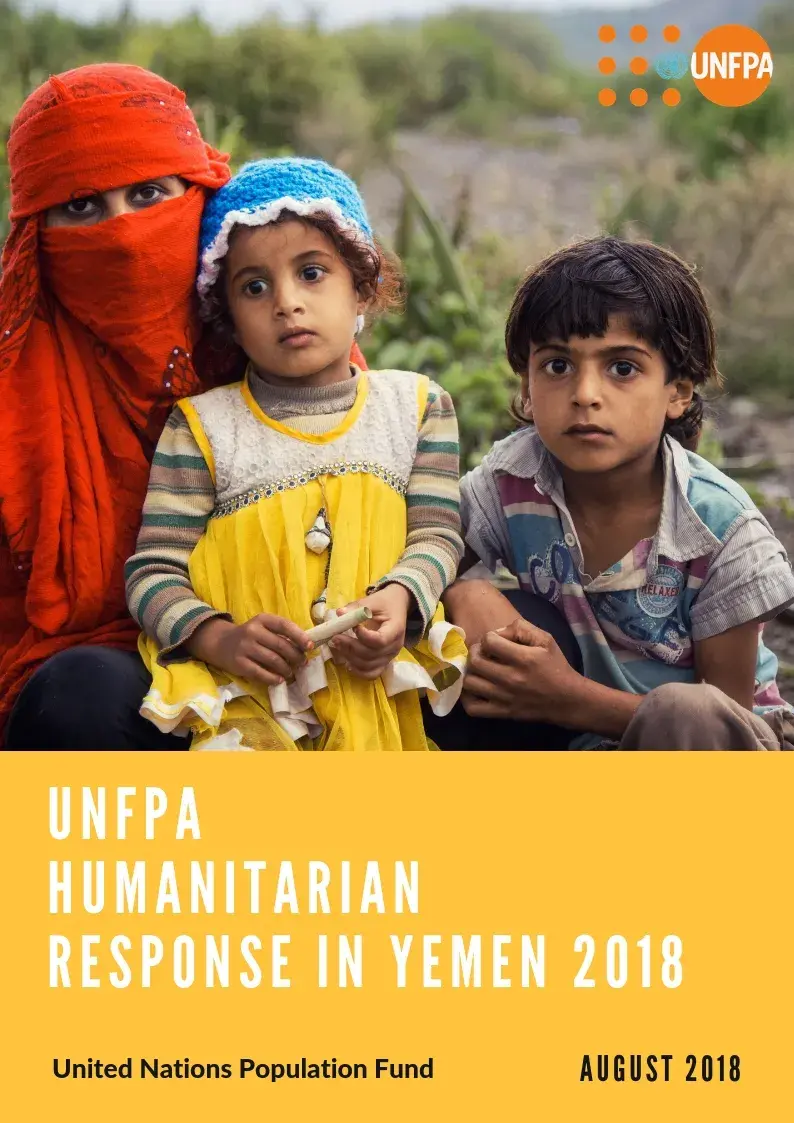There are an estimated three million women and girls of childbearing age who need support. Rising food shortages have left an estimated 1.1 million pregnant women malnourished, and threaten the lives of 75,000 women who are likely to develop complications during childbirth, including risks of stunted growth of their newborns.
In a country with one of the highest maternal mortality ratios in the Arab region, the lack of food, poor nutrition and the eroding healthcare, worsened by epidemics such as cholera and diphtheria, can mean an increase in premature or low-birth weight babies and severe postpartum bleeding.
As a result of the precarious security situation and the difficulty of access across the country, reproductive health personnel, commodities and services in health facilities have become much more scarce and difficult for women and girls to reach.
The escalation of the conflict and the ensuing humanitarian repercussions have further weakened the position of women and girls in Yemeni society, leading to a near erosion of their protection mechanisms and increasing their vulnerability to violence and abuse. An estimated three million women and girls are at risk of different forms of violence.
The deteriorating security situation along the western coast of the country, in particular Al Hudaydah Governorate has resulted in the displacement of nearly 50,000 households, with the lives of an estimated 250,000 at stake in the event of a military escalation or siege of the city. UNFPA estimates that the lives of 90,000 pregnant women inside Al Hudaydah would be at risk with nearly 14,000 women risking complications with immediate danger to their lives if urgent life-saving maternal care and medicines become inaccessible.
By the end of the year an additional 1 million people are projected to be displaced, with continued disruption to basic social services, requiring humanitarian partners to upscale their assistance and expand coverage.



